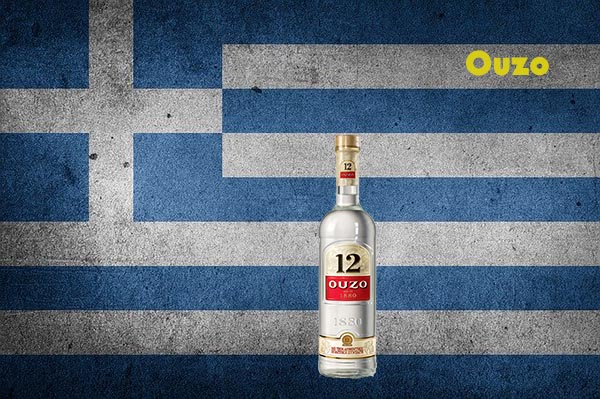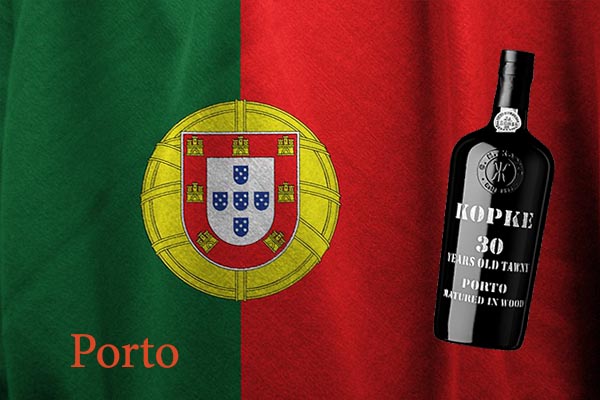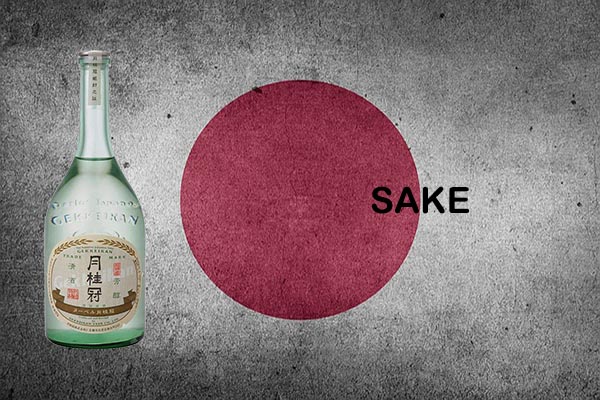Famous traditional drinks
A journey to new destinations awakes the spirit and delivers life-time experiences. Images are mainly those that fascinate and motivate us to visit a place, but what remains in the end is the combination of those images, aromas, tastes and sounds of each place; elements that are determined by its tradition and culture. An important part of the culture is the gastronomic habits of each country, stemming from the agricultural production and the climatic conditions of the region. So, apart from the traditional cuisine, an element of the gastronomy of the countries is the local drink, which in several countries is a trademark.
Vodka - Russia
Vodka is perhaps the crowning achievement of spirits worldwide. It's transparent; a pure distillate produced from raw materials such as fruits, cereals and vegetables, with high contamination of starch and sugar. According to European legislation, the minimum alcohol content of Vodka is 37.5%, while in the USA. is 40%.
Ouzo - Greece
The national drink of Greece is produced from the distillation of agricultural raw materials and is flavored with anise to get its characteristic taste. It is a product produced exclusively in Greece, as it is protected by the European Union as a product of Protected Geographical Indication. "Homeland" of ouzo is the island of Lesvos and specifically the village of Plomari with its long tradition in its production. It is also indicative that both ouzo museums that exist in Greece are located in Plomari. These are the Ouzo Museum of the Distillery of Plomari Isidoros Arvanitos with the name "The World of Ouzo" and the Ouzo Museum of the Distillery Varvagianni.
Whiskey - Scotland
Although this is a beverage produced in several countries around the world, whiskey has certainly been closely associated with Scotland, where it's considered to produce the best quality of it. Whiskey is a distillate from fermented barley pulp, which matures in wooden barrels. There are several varieties, depending on the cereals used in the preparation such as barley, corn, rye and wheat, while the two main categories of whiskey are malt (whiskey from a single distillery made only with barley malt, water and yeast) and blended (the preparation from a blend of whiskey of various distilleries).
Porto - Portugal
A sweet wine that comes exclusively from grapes produced in the valley of Douros, which is located in the northern part of the country. The must matures for 48 hours and then a neutral brandy is added to stop the sugar fermentation. The result is an enhanced wine with a fairly sweet taste and high alcohol content. The 4 types of Porto are Ruby, White, Tawny and Vintage.
Rum - Cuba
Rum is mainly associated with the Caribbean and especially Cuba, as it produces the largest percentage of this distillate in the world. Produced from cane juice is divided into two types: industrial type rum which is produced from molasses and agricultural type which is produced from fresh cane juice. In addition to its two types of production, rum can be found in three different colors: white (or Silver) which is the lightest, gold aged in oak barrels and dark aged in oak barrels too but for much longer.
Sake - Japan
Water and rice are the two ingredients where in combination with the fungus Aspergillus Oryzae they create the unique drink called sake. Sake does not belong to the distillates, as it is a product of alcoholic fermentation. If happens to be in the Land of the Rising Sun and wish to try sake, you have to ask for it as Nihonshu, as Japanese call sake every alcoholic beverage. You can drink it either hot or cold and its alcohol content is relatively low.
Sagria - Spain
Sagria consists of red wine and pieces of fresh fruit, which according to European regulations can be produced exclusively in Spain and Portugal. It is the national drink of the Spanish and perhaps the most popular in Spanish cuisine. You can drink it cold and is undoubtedly an excellent choice for those who want a light and refreshing drink.
Tequila - Mexico
Tequila is a distillate derived from the blue agave plant and is allowed to be produced in five regions of Mexico (Jalisco, Guanajuato, Michoacan, Nayarit and Tamaulipas). It was named by the city of Tequila, which is located a few kilometers west of Guadalajara, in the region of Jalisco, where the largest percentage of it is produced.








